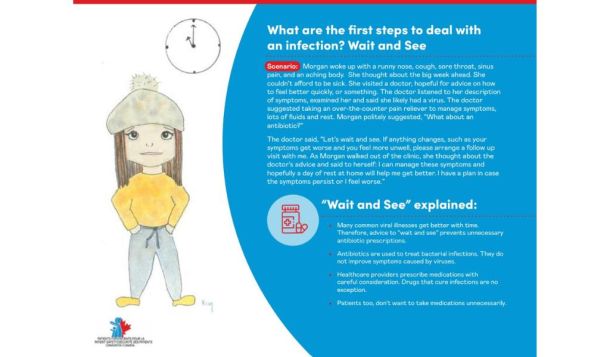Have you experienced harm in healthcare?

Have you, or a loved one, experienced a patient safety incident?
A patient safety incident is an event or circumstance which could have resulted, or did result, in unnecessary harm to a patient. There are three types of patient safety incidents:
- Harmful incident: A patient safety incident that resulted in harm to the patient.
- Near miss: A patient safety incident that did not reach the patient and therefore no harm resulted.
- No-harm incident: A patient safety incident that reached the patient but no discernible harm resulted.
While we are not able to provide direct support to you because of the mandate of our organization, we hope that the guidance we offer here will be of help.
If you have any concerns about your care, or experienced a patient safety incident, there are several paths available for you to take.
Click here for some guidance for your next steps which includes:
- First reach out locally to your healthcare providers and the healthcare organization (e.g. clinic, hospital) where the incident happened as they have a responsibility to assist you. Most organizations have a Patient Relations Manager, Patient Experience Manager, Quality Care manager etc. whose job is to hear patient/family concerns about care.
- Then, if needed elevate your concern to a relevant authority in your province (e.g. professional regulatory body, ministry of health, ombudsman).
Here are some tips from the patients and families who have been in a similar situation:
- Reach out to the patient complaints/ relations/ experience (or similar) department to file a report,
- Request a meeting with the director of care, and
- Request a copy of your healthcare record. If you notice an error, discuss it and request that it is corrected. Find out if the privacy commissioner office in your province may help (e.g. statement of disagreement).
Some concerns or incidents can also be reported directly by patients and families to a specific authority.
- Medication errors or reactions can be reported here: https://www.mederror.ca/
- Side effects and adverse reactions from health products (drugs, medical devices, vaccines and more) can be reported here: Canada Vigilance Program
The most important thing you can do is learn to be safe.
- Ask about the safety risks for you or your loved one and how you can help mitigate them as you go through your healthcare journey.
- Listen carefully to the information received, take notes, request translation or cultural/ emotional/ spiritual support if needed, and bring someone with you on your healthcare journey
- Act by speaking up every time you have a concern, by accessing resources, and, when you can, by engaging with Patients for Patient Safety Canada to improve safety for all patients
Contact us at hello@patients4safety.ca and let us know of other resources that we should include here. Together we can help others have a safe care journey or heal after harm.


